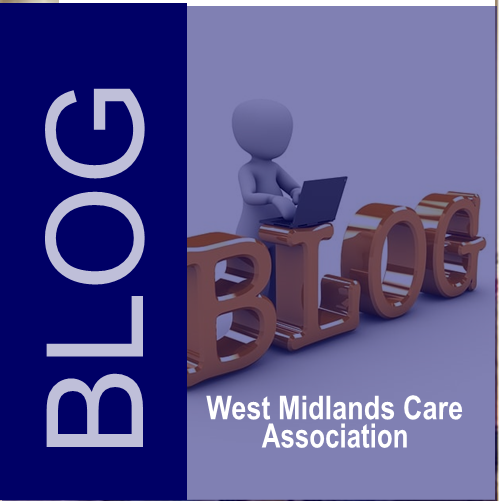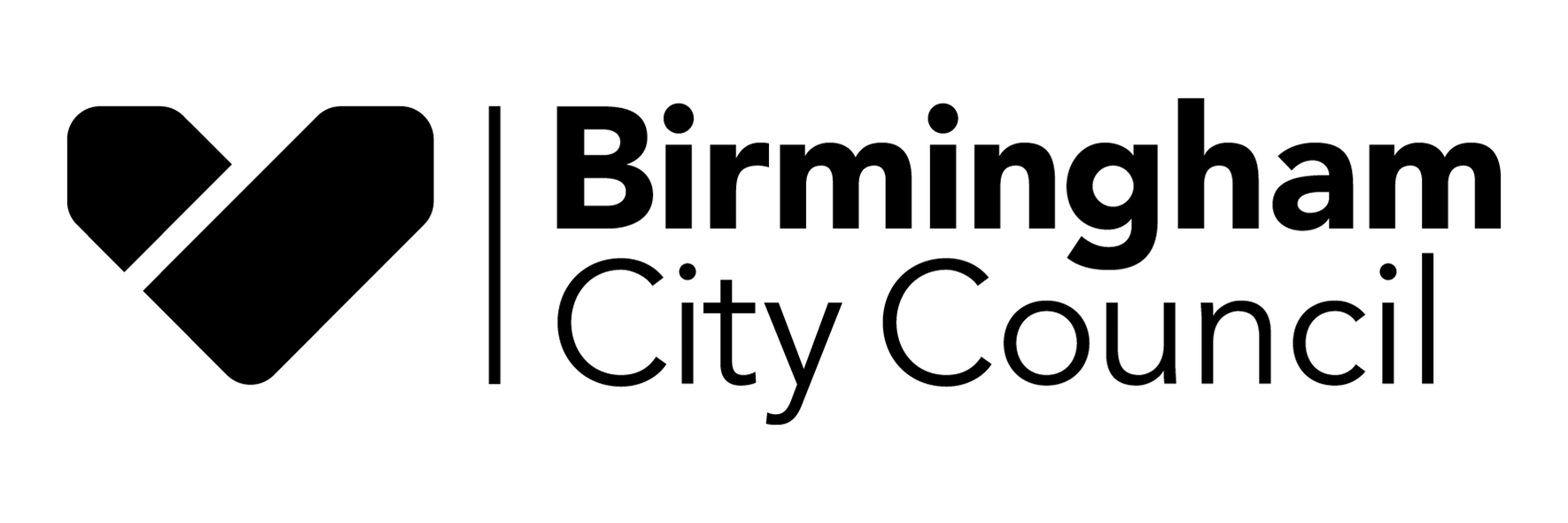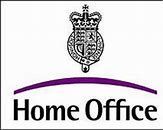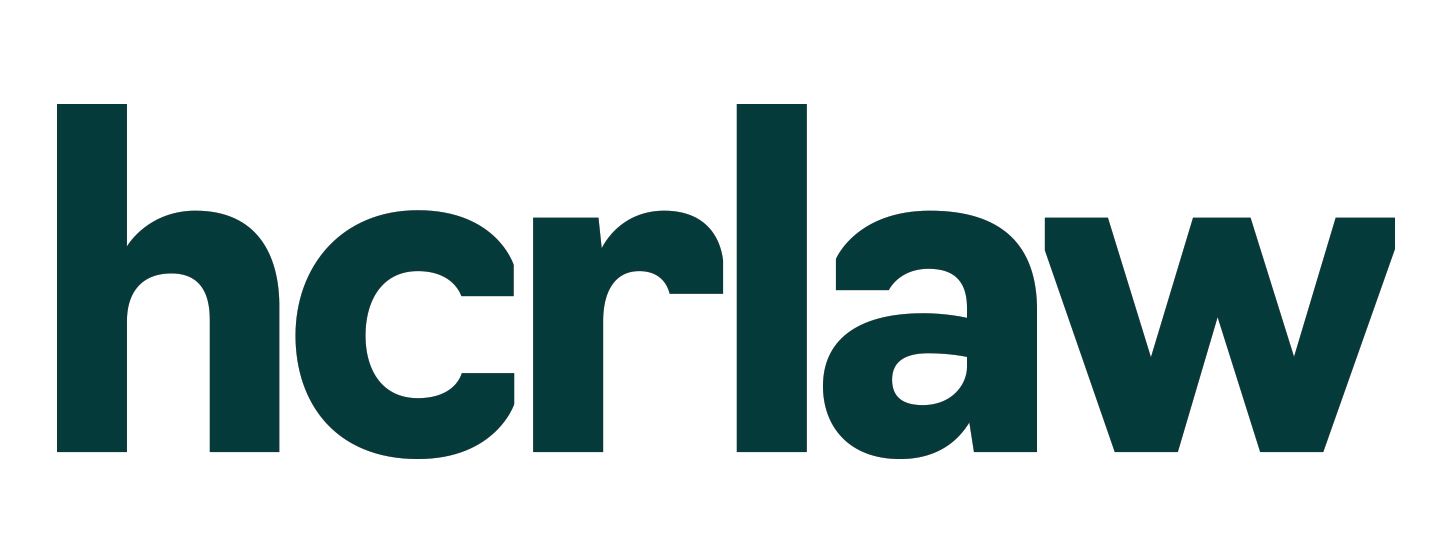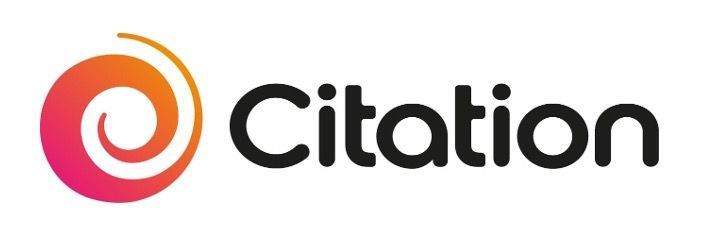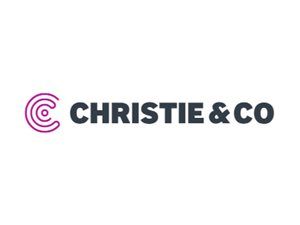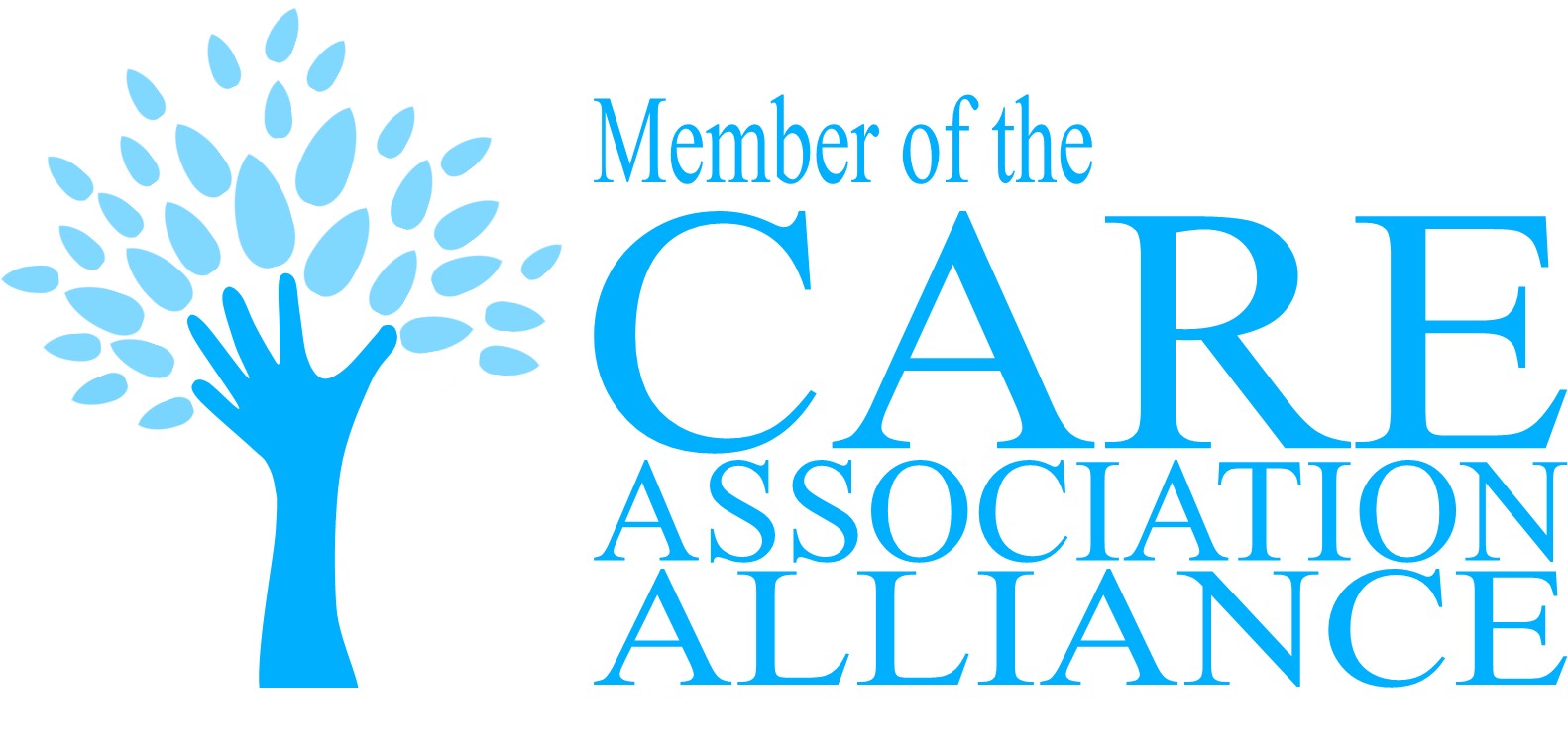Citation: Fire Safety in Care: Protecting Lives and Building Confidence
Fire safety in care is more than just a regulatory requirement – it’s about safeguarding lives, creating a secure environment and building confidence in service users, families and staff. The unique nature of care settings, vulnerable service users and complex layouts means that fire prevention and preparedness need to be top priorities. Embedding robust safety measures into your daily operations means you’ll reduce risks and be able to respond properly in emergencies – so the experts at Citation are here to go over a few ways to do just that.
Fire prevention – your first line of defence
Proactive fire prevention is at the heart of any effective safety strategy. Identifying potential risks and addressing them head-on doesn’t just lower the chances of a fire – it means you’re compliant with safety regulations. Here are the essential areas to focus on:
Fire detection and prevention equipment
Every care setting needs to be properly equipped with reliable fire detection systems, including:
- Alarms
- Smoke detectors
- Sprinkler systems
t’s also really important to make sure fire extinguishers are readily available, and appropriate for the types of fires that might occur. For example, kitchens might need extinguishers designed for grease fires, and communal areas might need more versatile, multi-purpose extinguishers.
Safe storage of hazardous materials
Flammable substances like cleaning products or other chemicals need to be stored safely i.e. away from ignition sources. You also need to make sure your staff are trained in handling and storing these materials to prevent accidents.
Prioritising service user safety
When it comes to fire safety, your service users need to be at the centre of your planning. They might have mobility challenges or cognitive impairments which can make evacuation plans more complex, so addressing those needs in well-thought-out measures is vital.
Emergency evacuation plans
You’ll need a clear, well-communicated evacuation plan in place – and these plans should be tailored to your layout, and fully take into account the needs of your service users. Make sure escape routes are always free of obstructions, clearly marked and designed for easy access for anyone with mobility aids or wheelchairs. You’ll also need to make sure emergency doors are easy to open and proper emergency lighting is in place and maintained regularly.
Personal emergency evacuation plans
For service users needing any extra help, Personal Emergency Evacuation Plans are a lifeline. These are more detailed plans outlining how each person will be evacuated, who’s going to help them and what equipment might be needed. Tailoring these plans to each person’s specific needs means no one gets left behind in an emergency.
Meeting points and accountability
Having a safe meeting point outside the building is vital to help staff account for every resident, team member and visitor. Try putting a system in place for this to get rid of any uncertainty in high-stress situations.
Training and practise
Your staff are the backbone of your fire safety practices – so it’s really important that they have the knowledge and confidence to respond properly in an emergency. A team that’s well-prepared can prevent small issues from escalating, and they’ll be able to act decisively in a crisis.
Fire prevention training
Regular training means staff can spot risks early – including recognising faulty equipment, safely storing and handling hazardous substances and using fire equipment correctly. Make sure they get ongoing refresher training too to make sure their knowledge stays up to date.
Emergency drills
Practising fire drills at least twice a year is a non-negotiable – these drills should simulate different scenarios, such as fires in different parts of the building, so staff are prepared for unexpected challenges.
Confidence in your equipment
Staff need to know how to use fire extinguishers and other emergency equipment effectively. Schedule regular inspections to make sure the equipment stays in good working order and ready for action when needed.
Citation – by your side
Investing in fire safety isn’t just about meeting regulations – it’s about creating a secure environment where service users, their families, and staff feel confident and protected. So, if you want to overhaul your fire safety at your care setting, or just get the peace of mind that you’re ticking all your boxes, get in touch with us to see how we can help. Just call 0345 844 1111 and don’t forget to quote ‘WMCA’ to access preferential rates.





